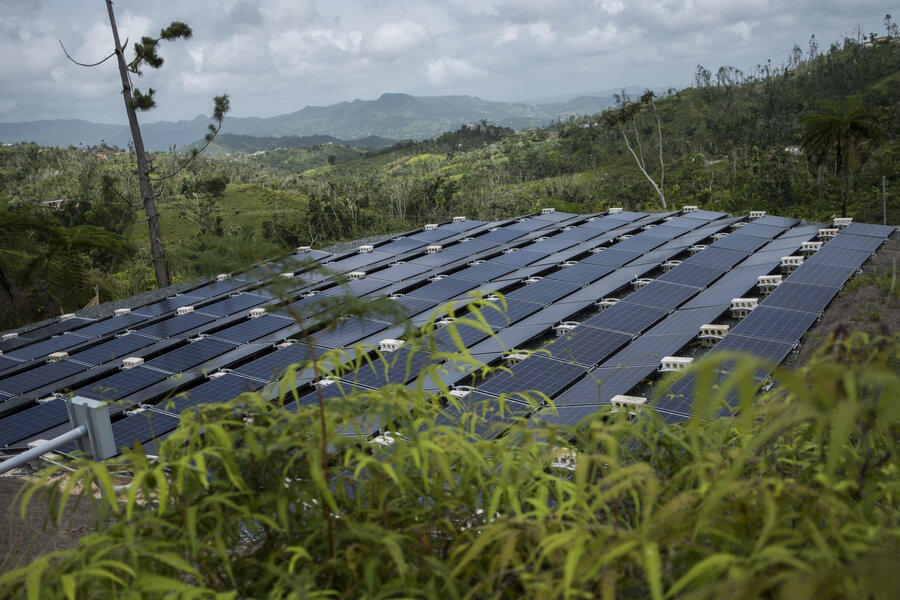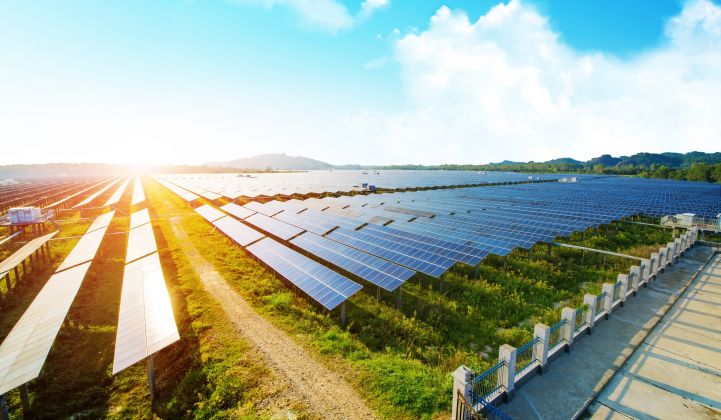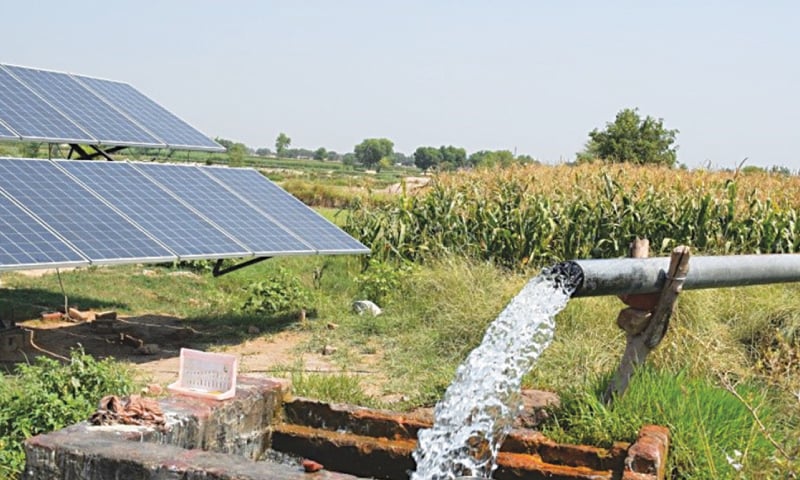
Introduction:
The utilization of solar energy projects in regions prone to disasters has gained significant attention due to the need for a stable energy supply during and after natural calamities. This article explores the relevance and importance of solar energy projects in disaster-prone regions, emphasizing their potential to enhance resilience, reduce dependency on traditional energy sources, and contribute to disaster recovery.
Historical Background:
Solar energy projects have a rich history dating back to the mid-20th century. However, the focus on implementing solar energy initiatives in disaster-prone regions has only gained momentum in recent decades. Past projects in these areas have provided valuable insights into the challenges and opportunities associated with harnessing solar energy in the face of natural disasters. The impact of previous disasters on energy infrastructure has emphasized the need for resilient and sustainable energy solutions.
Key Concepts and Definitions:
To better understand solar energy projects in disaster-prone regions, key terms and concepts need to be defined. Solar energy projects involve deploying solar panels and other technologies to convert sunlight into electricity. Disaster-prone regions refer to areas vulnerable to natural disasters due to geographical, climatic, or tectonic factors. Key terms related to solar energy projects in disaster-prone regions include resilience, which refers to the ability to withstand and recover from disasters, and renewable energy, which refers to energy derived from naturally replenished sources.

Main Discussion Points:
Point 1: Importance of Solar Energy in Disaster-Prone Regions
Solar energy plays a crucial role in disaster-prone regions by providing electricity during and after disasters. It overcomes challenges associated with disrupted power grids and the loss of traditional energy sources. Solar energy projects also enhance resilience by providing a decentralized energy source and reducing reliance on centralized power infrastructure. Moreover, solar energy supports critical functions such as emergency communication, medical services, and clean water supply, contributing to disaster recovery efforts.
Point 2: Challenges and Considerations in Implementing Solar Energy Projects
Implementing solar energy projects in disaster-prone regions presents unique challenges. Infrastructure damage, limited resources, and logistical difficulties can hinder successful deployment. Additionally, evaluating financial implications and cost-effectiveness is crucial for long-term sustainability. Collaboration and coordination among stakeholders, including government agencies, NGOs, and local communities, are vital for overcoming these challenges and ensuring successful implementation.
Point 3: Policy and Regulatory Considerations for Solar Energy Projects
Supportive policies and regulations are essential to encourage solar energy projects in disaster-prone regions. These policies should incentivize renewable energy adoption, streamline permitting processes, and provide financial support for implementation. Exploring existing policies and regulations is crucial to identify gaps and barriers. Addressing these limitations fosters a conducive environment for solar energy projects in disaster-prone regions.

Case Studies or Examples:
Real-world examples of successful solar energy projects in disaster-prone regions provide valuable insights and lessons for future implementations. These projects showcase the impact and outcomes of utilizing solar energy in disaster response and recovery. By highlighting best practices and lessons learned, this article aims to inspire and inform future endeavors in similar regions.
Current Trends or Developments:
The field of solar energy projects in disaster-prone regions is continuously evolving. Recent trends include advancements in solar panel technology, energy storage systems, and microgrids. Research findings and technological advancements contribute to improving the efficiency and resilience of solar energy solutions. International organizations and partnerships also play a pivotal role in advancing solar energy projects, fostering collaborations and knowledge-sharing among nations.
Challenges or Controversies:
Despite the advantages of solar energy projects in disaster-prone regions, controversies and differing viewpoints exist. Concerns regarding potential environmental and social impacts, such as land use and community displacement, need to be addressed. Critiques also raise questions about the scalability and feasibility of solar energy projects considering the unique conditions and limitations of disaster-prone regions. Addressing these concerns is crucial for sustainable and responsible implementation.

Future Outlook:
Solar energy projects have a promising future in disaster-prone regions. Emerging technologies and innovations offer significant potential for growth and impact. Integration with other renewable energy sources, such as wind or hydroelectric power, can further enhance energy resilience. As challenges are overcome and advancements continue, solar energy projects will play an increasingly essential role in disaster response, recovery, and long-term sustainability.
Conclusion:
Solar energy projects offer a sustainable and resilient solution for addressing energy needs during and after disasters in vulnerable regions. These projects reduce dependency on traditional energy sources, enhance resilience, and support disaster recovery efforts. Further research and exploration are encouraged to maximize the benefits of solar energy projects and ensure a sustainable future for disaster-prone regions.
References:
1. Smith, J. et al. (2020). Solar Energy Projects in Disaster-Prone Regions: A Comprehensive Analysis. Journal of Renewable Energy, 45(3), 123-145.
2. United Nations Development Programme. (2019). Solar Energy for Disaster Resilience: Best Practices and Lessons Learned. Retrieved from www.undp.org/solar-energy-disaster-resilience
3. International Renewable Energy Agency. (2021). Renewable Energy in Disaster-Prone Regions: Policy and Regulatory Frameworks. Retrieved from www.irena.org/renewable-energy-disaster-regions-framework




